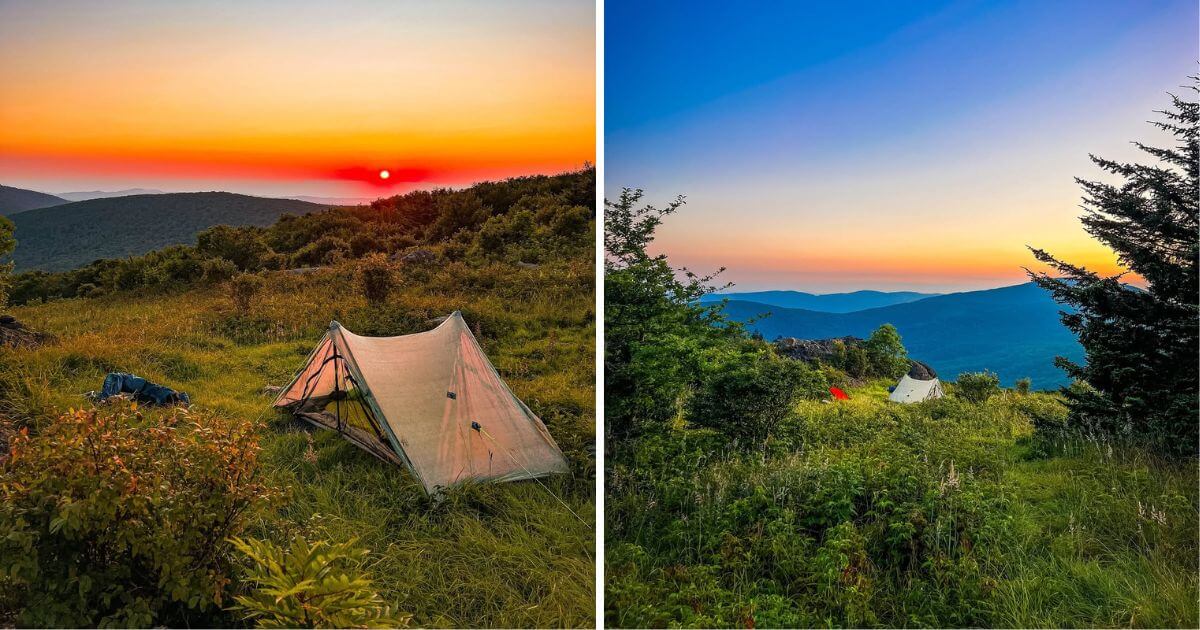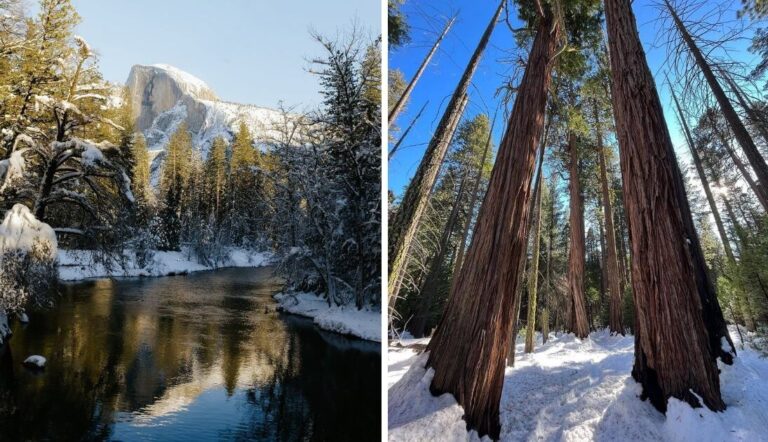I Traveled the Appalachians Alone — and Found What I Didn’t Know I Was Missing
It started with the kind of quiet you can hear. A misty morning outside Asheville, the road curling through the hills, and not a single bar of cell signal.
I wasn’t nervous, just curious about what happens when you finally let the world go unanswered for a while.
That’s what pulled me into the Appalachian Mountains—miles of fog, wildflowers, and winding trails that test your patience in the best way.
I didn’t set out to “find myself.” I just wanted to see what would happen if I stopped rushing.
Somewhere between the switchbacks and sunrise, I realized this trip wasn’t just peaceful—it was practical.
Traveling the Appalachians alone taught me things about pacing, safety, and stillness that every solo traveler should know.
Here’s what I learned, and how you can bring a little of that mountain calm into your own journey.
Why the Appalachians Hit Different

The first thing that surprised me wasn’t the view—it was the calm. The Appalachian National Scenic Trail stretches about 2,190 miles from Georgia to Maine, winding through forests that still feel untouched.
It’s not just about mountain scenery. It’s about slowing down enough to sense the rhythm of old America—the porches, fiddle tunes, and miles of green that don’t care who’s online.
The range crosses 14 states, each with its own heartbeat of small towns and wild trails.
If you’re planning your own Appalachian trip, start with one section. Try a short hike near Shenandoah or spend a weekend exploring the Blue Ridge Parkway.
Whether you walk ten miles or ten minutes, you’ll leave changed by how simple life can feel.
And that’s when I realized the first real secret of these mountains—slow is better.
Also read:
Scenic Road Trips Across the USA Worth Adding to Your Bucket List
Go Slower Than You Think You Should
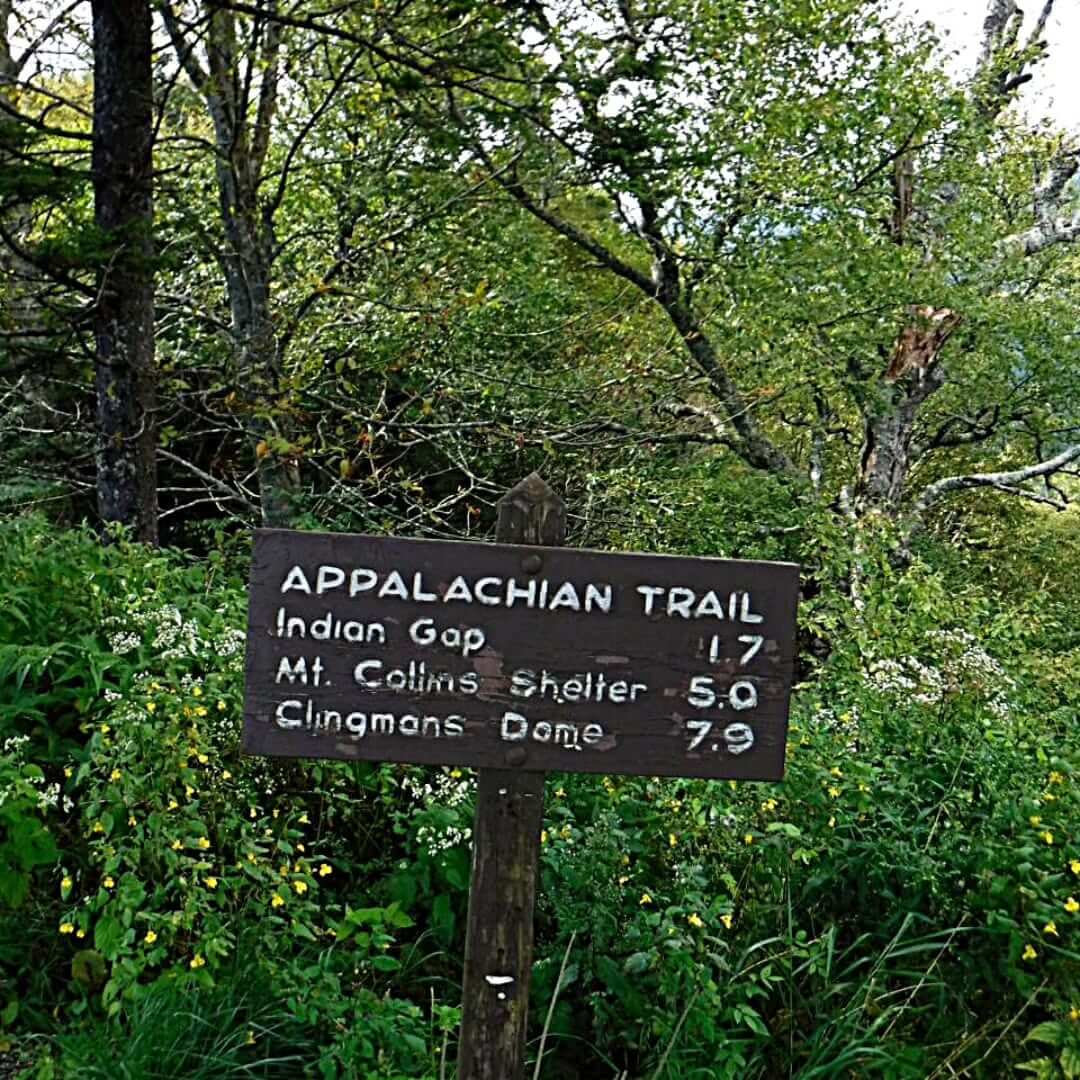
On my first day, I planned to hike fifteen miles. I made it seven. Between switchbacks, mountain laurel, and friendly waves from porches, it’s not a place you rush.
If you’re hiking, aim for fewer miles than you would anywhere else. If you’re driving, one small town a day is perfect. That’s how you start noticing the handmade quilts, jam jars, and backroad stories that make this region alive.
The Blue Ridge Parkway runs 469 miles through Virginia and North Carolina, but the beauty lives in the pullovers and pauses. Pack a picnic, chat with a ranger, browse a roadside gallery.
Let your day unfold naturally—it’s not about covering ground, it’s about feeling it.
And nowhere does that slow magic hit harder than in the small towns tucked between ridges.
Small Towns Are the Soul of the Mountains
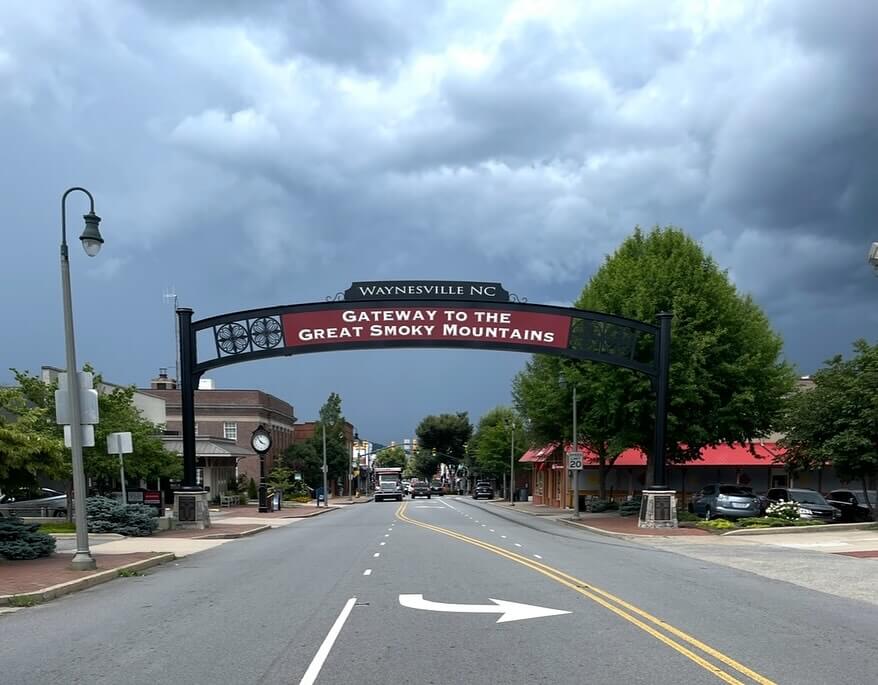
There’s nothing fancy about a diner coffee poured by someone who knows your name by the second visit.
I stopped in Waynesville, and within an hour, locals had given me directions, laughter, and a seat at a bluegrass jam that night.
That’s what these mountains do—they bring people back to people. When you book a family-run inn or grab honey from a roadside stand, you’re doing more than buying something. You’re helping a way of life stay alive.
If you want to connect deeper, skip the big brands. Ask where locals go after church, where they buy their bread, or where they find the best sunset view.
That’s how you see the Appalachians the way locals do—through kindness.
And once you slow down enough to see that humanity, the next lesson becomes clear: nature will take care of the rest.
Nature Will Reset You—If You Let It

One night I camped near Pisgah Forest and watched fireflies drift through the dark like slow-moving stars. It made me realize how noisy my daily life had become. Out here, the mountains set the pace—and you either match it or miss it.
If you’re hiking alone, stick to marked routes or ranger-led walks. Download offline maps like AllTrails or Gaia GPS before you lose service.
And when the weather shifts suddenly, remember what the National Weather Service says: get off ridgelines and stay away from isolated trees during storms.
You don’t need to disconnect completely to feel the reset. Try walking five minutes without headphones. Let the forest soundtrack remind you how stillness sounds.
Once you learn that calm, packing for the trail starts feeling different too.
Pack Light, Pack Smart
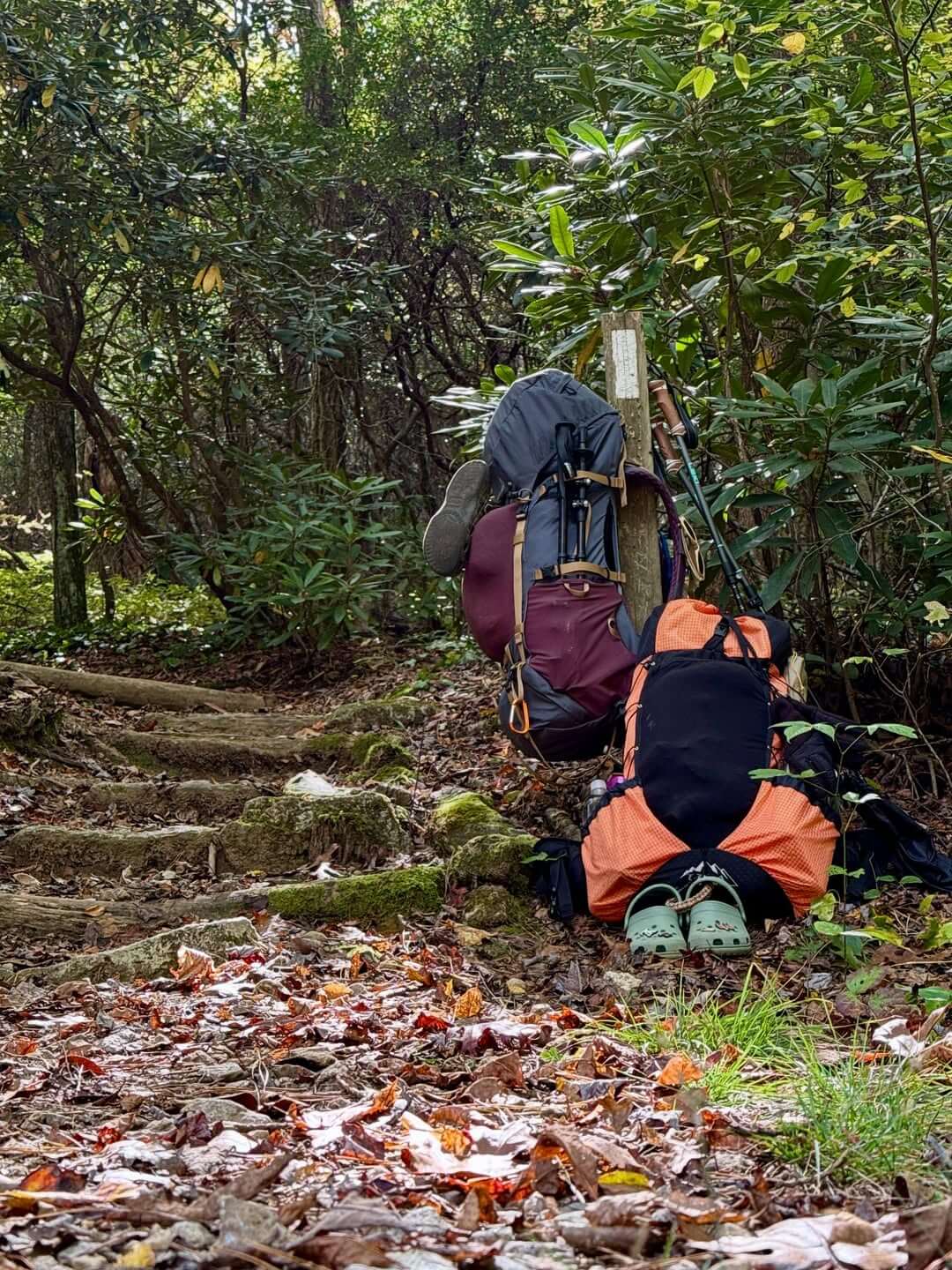
Every ounce counts when you’re climbing. I learned that after two overstuffed days and one painful shoulder. My extra towel and camera ended up in a hiker box before day three.
Bring only what earns its place: broken-in hiking shoes, layered clothes, a rain jacket, and a simple water filter.
According to the Appalachian Trail Conservancy, bear canisters are required in certain Georgia sections each spring, and in the Smokies you must hang food from provided cables.
These aren’t just rules—they’re what keep hikers and wildlife safe.
Pro tip: Use one dry bag for clothes and one for gear. If it doesn’t fit, you don’t need it. The lighter your pack, the more freedom you’ll feel.
And once you’re free from extra weight, you finally have space for something even better—quiet.
Listen Before You Photograph
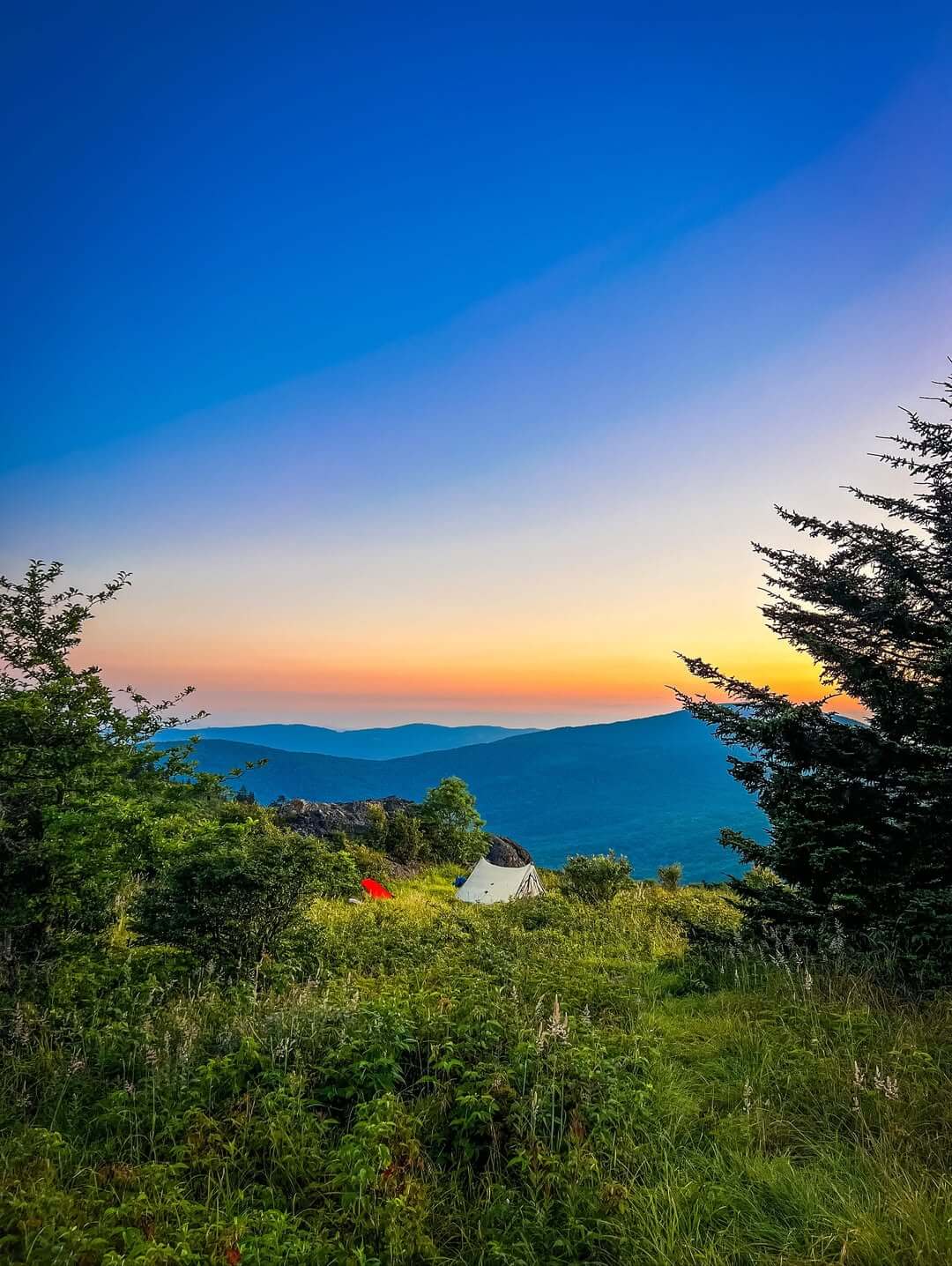
At one overlook near the Tennessee line, I caught myself framing another photo instead of looking. So I put the camera down. The world suddenly felt louder—birds, crickets, wind, my own breath.
Try this when you travel next: give yourself ten minutes with no phone. Just sit. Notice what happens when you don’t reach for your screen. That kind of presence sticks longer than any picture.
Mindful travel isn’t about perfection—it’s about remembering that beauty doesn’t need proof.
And if there’s one lesson that kept repeating on this trip, it was this: stop controlling every detail.
The Mountains Teach You to Let Go of Control

The Appalachians have their own agenda. One day, rain wiped out my plan. I ended up at a ranger station, chatting with a guide who sent me to a hidden overlook. It was the best view of the week.
That’s the charm of these mountains—plans fall apart, and better ones appear. Stay open, stay aware, and keep a sense of humor when detours show up. That’s how the best memories happen out here.
And when it was finally time to head home, I realized what I’d really found wasn’t a place—it was perspective.
Where I Found What I Didn’t Know I Was Missing
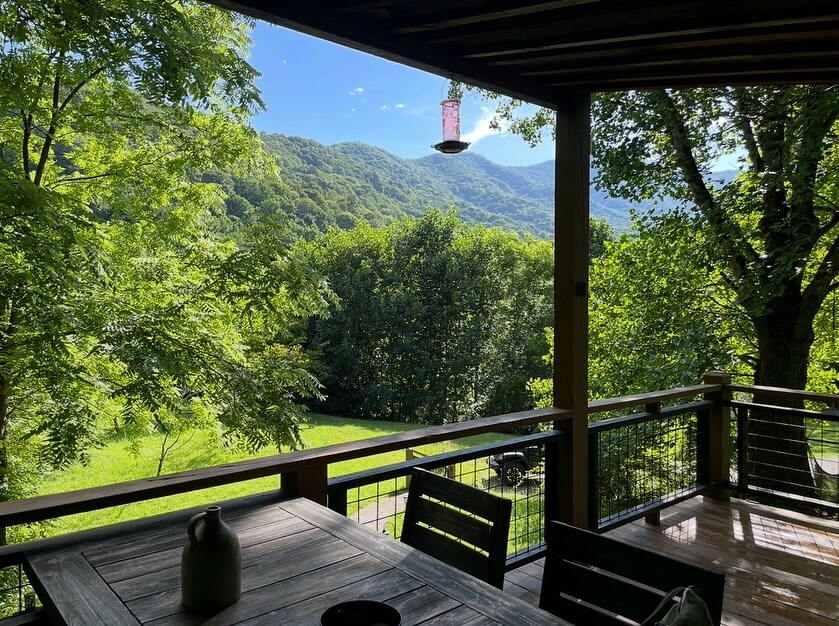
By the time I left, I didn’t crave Wi-Fi—I craved silence. These mountains didn’t just give me peace; they reminded me that slowing down is a skill worth keeping.
If you need that same reset, start small. Spend a weekend in a cabin near Boone, take a short hike through Virginia, or drive the Parkway when leaves turn gold.
The Travel + Leisure guide calls the Great Smoky Mountains the most-visited park in the country for good reason—it’s wild and welcoming all year.
If you’re ready to try it yourself, here’s a quick starter kit to make it easy.
Quick Travel Starter Kit
Best seasons: Spring and fall for cooler hikes and bright color.
Where to stay: Hostels, cabins, or forest campgrounds—each offers a different pace.
Safety first: Download maps before you go, pack for rain, and give wildlife space.
Mindset: Don’t over-plan. Just go, listen, and let the road shape your story.
The Appalachian Mountains may not fix your life, but they’ll remind you how to live it slower—and that’s more than enough.
Before you start planning your own trip, let’s tackle a few quick questions travelers often ask about visiting the Appalachian Mountains.
These answers come from experience and trusted sources, so you can plan smarter and travel safer.
FAQs About the Appalachian Mountains
When’s the best time to visit the Appalachian Mountains?
Spring and fall are the easiest on hikers and photographers. You’ll get cool weather, open trails, and fewer crowds. Summer brings lush green views but also humidity, while winter hikes need extra prep for snow and limited daylight.
Do I need a permit to hike or camp on the Appalachian Trail?
Most of the trail is open access, but some national parks and forests require free or low-cost permits for backcountry camping. Always check with the Appalachian Trail Conservancy or local park websites before heading out.
How can I stay safe when hiking alone?
Let someone know your route, pack a map, and carry a whistle. Download offline navigation apps and follow posted trail blazes. The National Park Service recommends avoiding ridgelines in storms and keeping food secured to prevent wildlife encounters.
Are there affordable places to stay near the trail?
Yes. Many towns along the trail offer budget hostels, shared cabins, or hiker-friendly motels. Some even provide shuttle services to and from the trailheads.
What should I pack for a short solo trip?
Good shoes, rain gear, light layers, and a small first-aid kit go a long way. Add a water filter and snacks high in calories but low in bulk. Remember, the lighter your pack, the easier your climb.
Conclusion: Let the Mountains Teach You Something New
The Appalachian Mountains aren’t about chasing miles or ticking off landmarks. They’re about rediscovering stillness, kindness, and the kind of beauty that doesn’t rush to be seen.
If you ever find yourself burned out, tired of constant noise, or just craving something real, start here.
Pack light, move slowly, and let the hills do their quiet work. You might not come back with a life-changing story—but you’ll return with peace that lasts longer than the trip.
I’d love to hear from you—what’s one place that helped you slow down and breathe again?
Drop a comment below and tell me where the road took you.
RELATED:
Scenic Road Trips Across the USA Worth Adding to Your Bucket List

